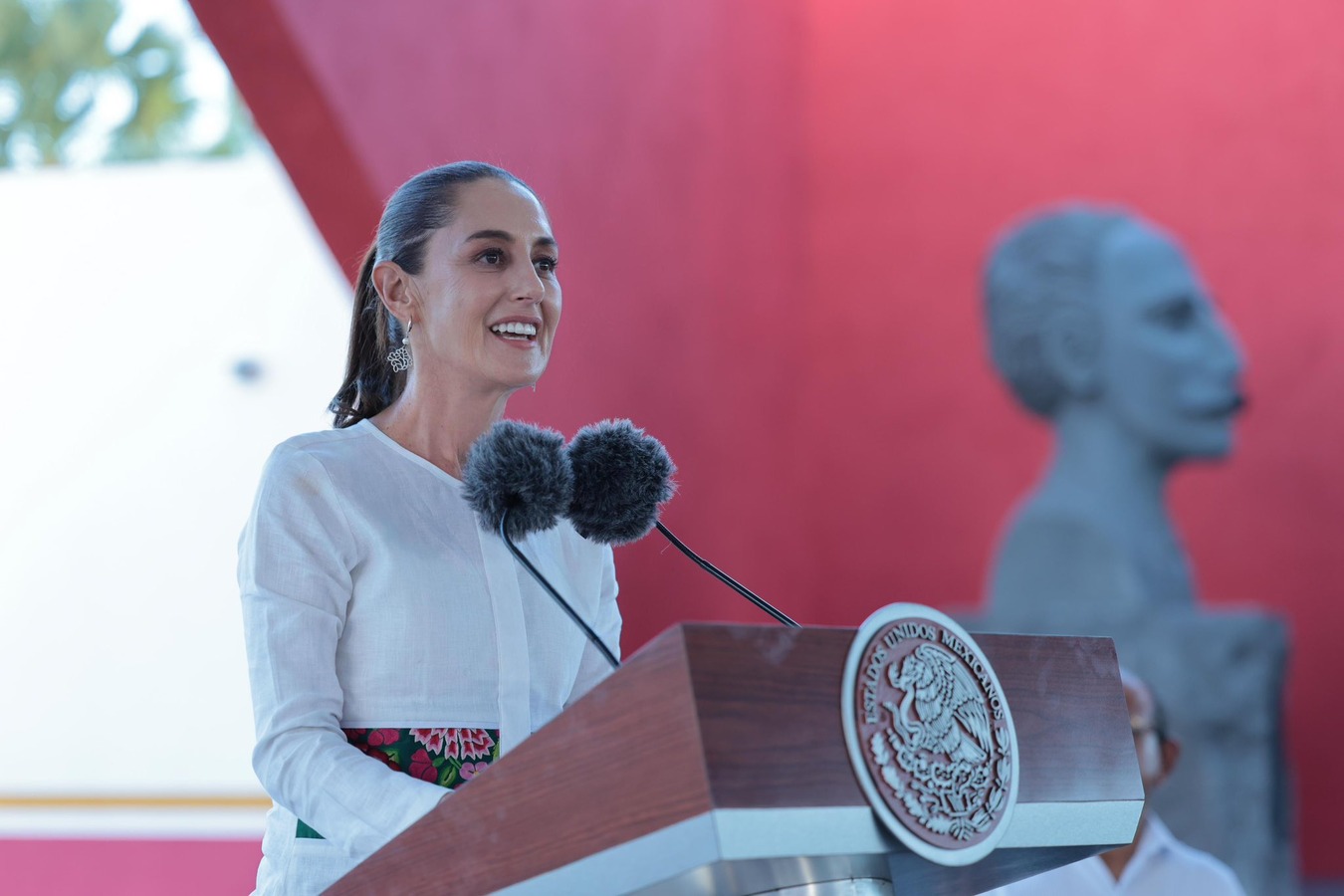Explainer: Legislative Elections in Argentina
Explainer: Legislative Elections in Argentina
AS/COA Online provides an overview of the October 27 election, explaining the country's rules for primaries, voters, candidates, campaigns, and parties.
On October 27, Argentine voters head to the polls and cast their ballots in the country’s legislative elections. The bicameral Congress will renew 124 seats in its 257-member Chamber of Deputies, or lower house, while 24 seats in the 72-member Senate will be up for grabs. The 2013 elections will select representatives for the 2013 to 2017 term and senators for 2013 to 2019.
AS/COA Online provides an overview of the election process, and explains the country’s rules and requirements for primaries, voters, candidates, campaigns, and parties.
Explore by question:
- How often do legislative elections occur?
- What did the 2009 electoral reform change?
- What is the process for primary elections?
- Who can vote?
- Who may be a candidate?
- What are the rules governing campaigns?
- What are the major parties in this round?
How often do legislative elections occur?
Argentina’s legislative elections occur every two years in 24 voting districts, and legislators serve an unlimited number of terms. In the Chamber of Deputies, roughly half of the seats are up for election each cycle. The number of representatives is dependent upon the size of a district’s population, and elected officials serve four-year terms.
Senators, on the other hand, are elected to six-year terms, with one-third of the seats up for election every two years. Through a proportional representation system, each district selects senators in constituencies of three, where a district’s largest coalition or party receives two seats and the second largest receives one seat.
What did the 2009 electoral reform change?
Argentina’s election process got a facelift on December 11, 2009, when Congress passed Law 26.571, known as the “Law of Democratization of Political Representation, Transparency, and Electoral Equity.” The new reform modifies Law 23.298, the country’s 1985 voting law, with the creation of “rules that define political competition.”
The bill addressed three issues: popular participation in the selection of candidates, the influence of private funds in campaigning, and the number of minority parties.
What is the process for primary elections?
One of the main changes in the electoral reform bill was the requirement that electoral categories—presidential, legislative, gubernatorial, and municipal elections—must hold primaries prior to elections. For the first time in 2011, under the auspices of the new law, the public voted to determine the candidates who would run for election. Prior to the electoral reform, primaries were similar to polls; parties had already decided on their official nominees, and the primary vote acted as a precursor to the national elections.
Argentina’s primaries are known as “open, simultaneous, and obligatory” (PASO, for their Spanish acronym), meaning: all citizens over age 18 must vote, whether or not affiliated with a political group; any party or alliance that wishes to compete in the national elections must participate in the primaries; and each district must hold its primaries on the same day.
According to the new law, at least one round of primaries must occur before the national elections. Primaries take place on the second Sunday of August, while the national elections are held on the fourth Sunday of October.
While being a party member is not required, voters can only choose one party in each category on the ballot. The candidates with the most votes receive their parties’ nomination and continue to the national elections. Parties that do not break a threshold by garnering a minimum 1.5 percent of the vote during the primary are disqualified from participating in the election.
With the exception of teenagers aged 16 through 17, for whom voting is voluntary, 31 million registered Argentines are obligated by law to vote in primaries and national elections. After a November 2012 amendment lowered the voting age to 16, the number of eligible voters increased by 4.5 percent, or roughly 1.2 million people. However, because the electoral reform requires the teens to renew their identification cards before casting ballots, the new voting bloc saw a low turnout in the primaries, with close to 600,000 of them voting.
Only political groups—parties, alliances, coalitions—can present candidates and nominees for the primaries and the national elections.
After defining their electoral platforms, political parties submit lists of pre-candidates to be voted on in the primaries. Because parties must break a 1.5 percent vote threshold in order to continue to the national elections, many parties form alliances and coalitions to increase their chances of passing this requirement. In these groups, party lists compete against each other during the primaries in hopes of gaining the group’s official candidacy.
Additionally, candidates for nomination must fulfill the constitutional requirements of age, residence, and citizenship. Those vying for seats in the Chamber of Deputies must be over 25 years old, have held citizenship for at least four years, and reside in the district they are running in for at least two years, if having not been born there. Likewise, in the Senate, members must have residence in their districts for a minimum of two years. However, age and citizenship requirements are more stringent: senators must be 30 years old and citizens for at least six years.
What are the rules governing campaigns?
The new law also established updated campaign rules. For primaries, the duration of a campaign can begin no more than 30 days beforehand and must end 48 hours before the polls open. Nominees for national elections can campaign 35 days before the elections, but must close up shop 48 hours before voters cast ballots.
Changes to financing are also underway.
The electoral reform prohibits financial donations to campaigns by legal entities, such as corporations, and rejects anonymous contributions. It places caps on the private funds each party can receive from the same person within a given year.
According to Article 16 of Law 26.215, a federal employee can contribute up to 1 percent of total funding a party receives, while a private individual may contribute up to 2 percent of a party’s total allowable expenses.
With the goal of cutting back how private funds factor into campaigns, the reform provides the government exclusive rights to the distribution of paid television and radio time. An Americas Quarterly article points out the law prohibits ads “promoting the government’s activities and events 15 days prior to the primary and general election.” Meanwhile, private contracts for media coverage are prohibited as the law divides half of all television and radio time equally among candidates. The remaining half is allocated based on the percentage of votes received by the candidate’s party or alliance in the primaries.
What are the major parties in this round?
As stated above, one of the key issues Law 26.571 addresses is the large number of political parties in Argentina. When the reform was underway in 2009, approximately 700 parties at local, district, and national levels were registered in the country. Requiring political groups to break the 1.5 percent threshold during primary voting sought to address this party fragmentation and eliminate several smaller factions.
Heading into the second-ever election cycle with the threshold rule in place, an estimated 70 national parties were registered prior to the 2013 PASO. Here is a rundown of the four political groups that won the highest percentage of votes in the Chamber of Deputies and the Senate respectively during August’s legislative primaries:
In the Chamber of Deputies:
- Progressive, Civic, and Social Front (FPCS): This party placed third for deputies, garnering 8.27 percent of the total vote.
- Radical Civic Union (UCR): The UCR claimed 5.74 percent of the vote for deputies.
- Renewal Front (Frente Renovador): This party received the second-highest number of nationwide votes for deputies at 13.54 percent.
- Victory Front (FpV): The governing party secured 26.31 percent of the total vote for deputies.
In the Senate:
- Radical Civic Union: The UCR came in fourth overall, with 4.92 percent of the vote for senators.
- Republican Proposal (PRO): This party received 11.77 percent of the senatorial vote.
- UNEN: The coalition won 12 percent of the senatorial ballots cast, allowing it to narrowly outperform PRO.
- Victory Front: The FpV won the highest vote for senators at 27.45 percent.








